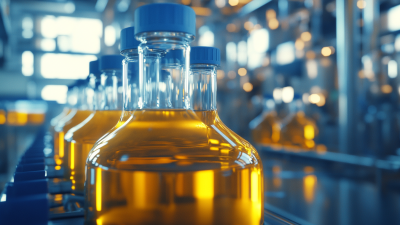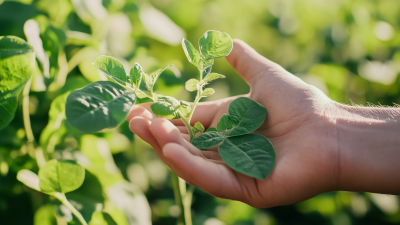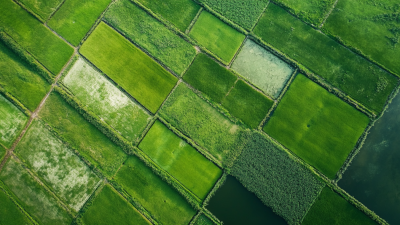 0551-68500918
0551-68500918 





You know, in the last few years, the agricultural sector has really ramped up its need for effective herbicides. One of the big players that has come to the forefront is Glyphosate Liquid, and it’s become super popular worldwide. Just to give you some perspective, the Food and Agriculture Organization (FAO) pointed out that, by 2020, glyphosate-based herbicides made up about 25% of the whole herbicide market by volume. That’s quite a chunk, right? The reason for its widespread use boils down to a few key factors: glyphosate works on a ton of weeds, it's pretty budget-friendly, and it plays a crucial part in integrated weed management strategies. As farmers and ag professionals try to boost their crop yields while tackling weed resistance issues, finding good quality Glyphosate Liquid has become a big priority.
Over at Innovation Meiland (Hefei) Co., LTD., we totally get how important these trends are in the farming world. We’re all about pushing the envelope with research and development related to new pesticide products, formulations, and processes. We’re in a great spot to help farmers find Glyphosate Liquid that’s up to snuff with industry standards. Our headquarters in Hefei, China, is like a hub for innovation, letting us tap into the latest technologies and insights to meet the ever-changing needs of agriculture. By making sure farmers have access to effective Glyphosate Liquid, we hope to play our part in promoting sustainable farming practices and helping growers get the best results possible.
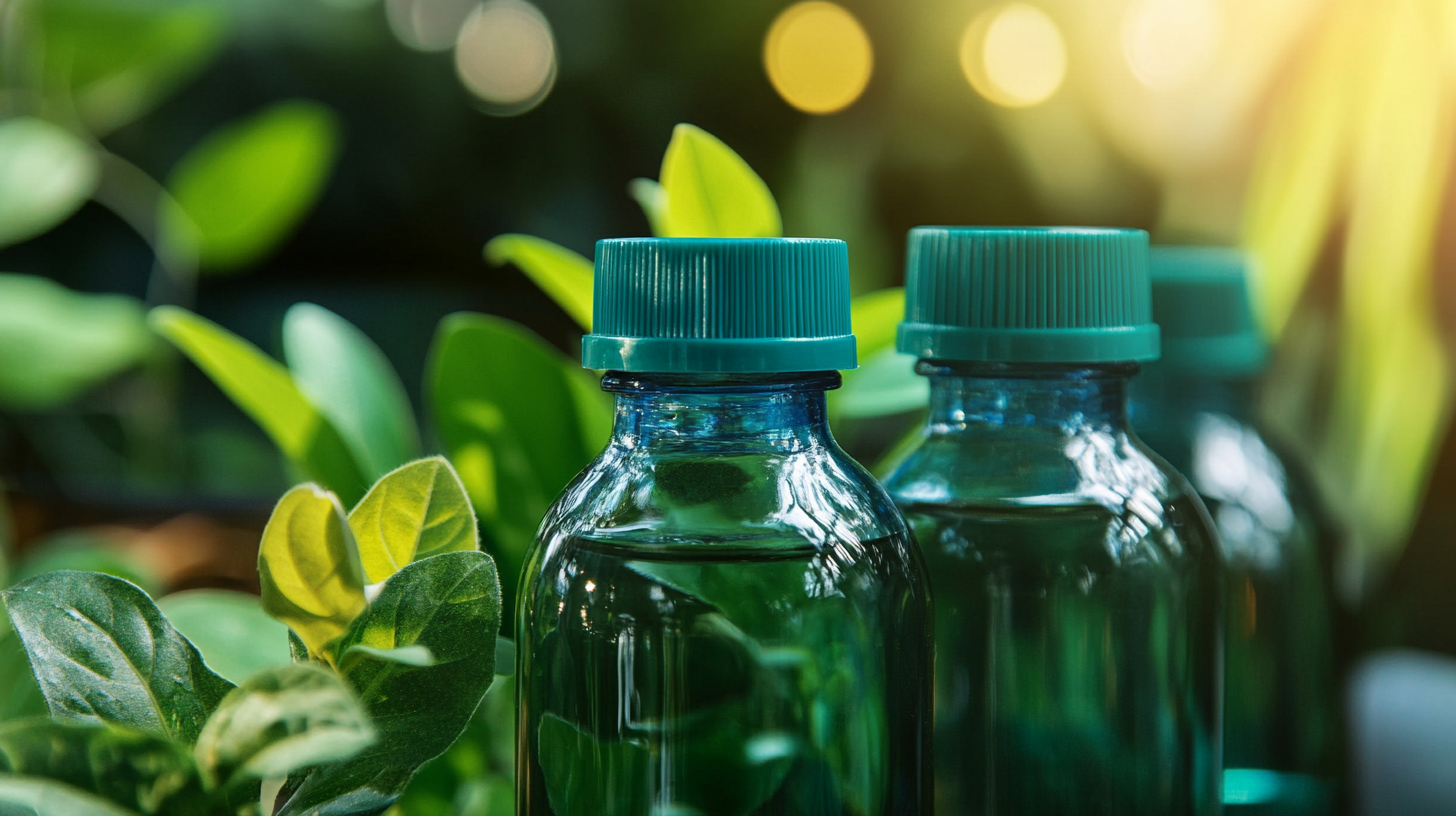
Let’s dive into glyphosate, shall we? It’s that herbicide that seems to be everywhere in farming these days. Farmers love it because it does a solid job at tackling those pesky broadleaf weeds and grasses. But here’s the thing: there’s been a lot of buzz recently about folks wanting to ditch glyphosate in favor of cleaner, glyphosate-free options. Some industry reports are showing that markets are really starting to rethink how they apply this herbicide, and it’s forcing manufacturers to rethink their game plan too. They’re looking at how to keep crops protected while also being more sustainable. And you know what? This whole situation is shaking up how agricultural supplies are sourced. Apparently, companies are putting more focus on R&D—research and development—to come up with herbicides that are not just safer but also more effective. It’s kind of cool because AI tech is playing a big role in this, helping to amp up production and lessen environmental impact. Plus, some recent conferences really drove home the point that suppliers need to keep their ear to the ground about changes in regulations and what consumers are after. That knowledge is key for firms looking to tweak their sourcing strategies when it comes to glyphosate and other farming supplies. Oh, and speaking of recent findings, have you heard about the EWG reports showing that glyphosate levels are on the decline in oat products? This opens up a neat opportunity for producers to stand out by promoting their low-residue offerings. It makes total sense, especially as ecommerce continues to evolve; sellers have to be savvy about how they appeal to shoppers who care about quality. So, farmers and ag businesses really need to take these insights to heart, fine-tuning their purchasing to make sure they’re getting glyphosate that meets current regulations while keeping customers happy.
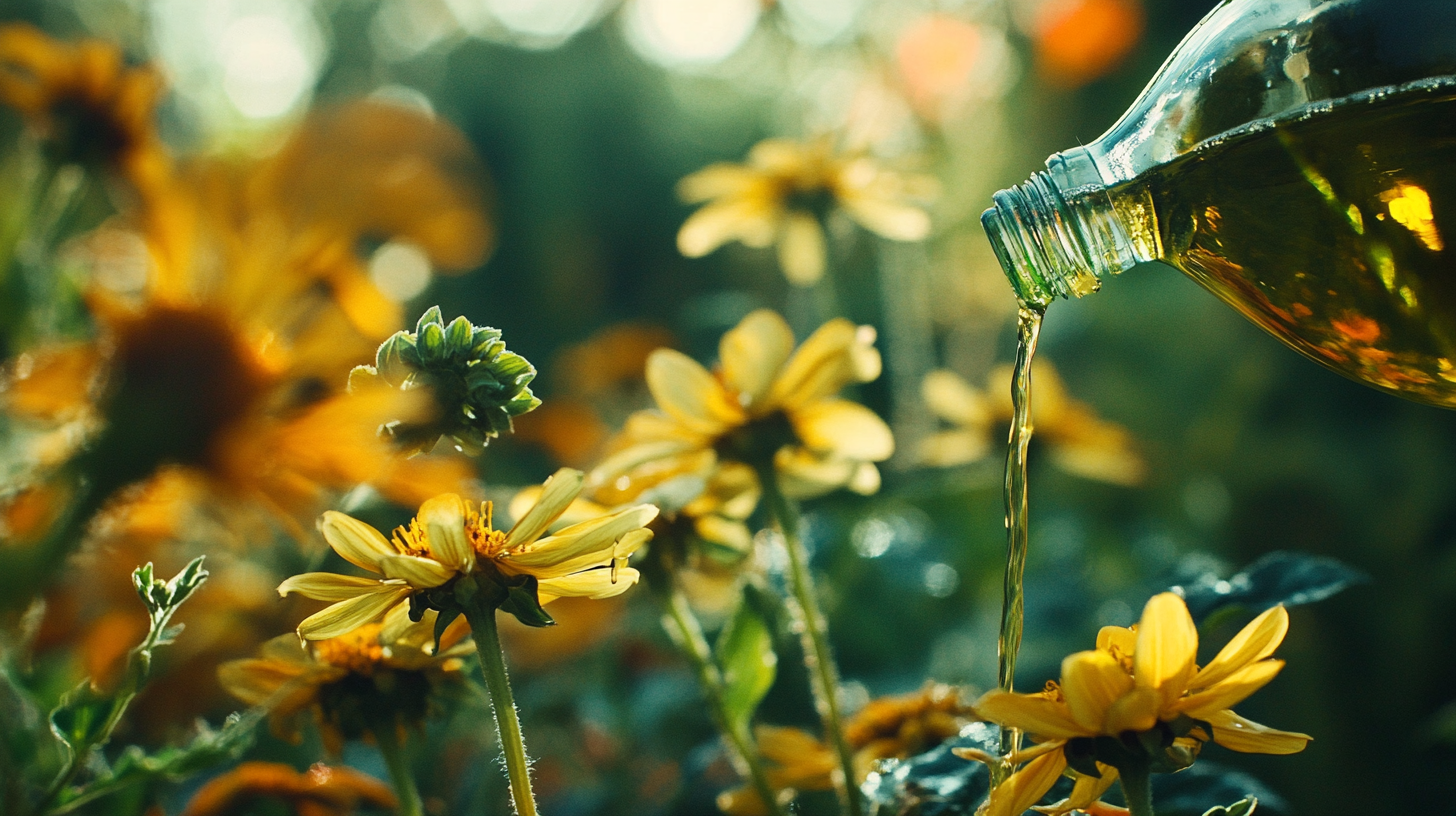
In the ever-evolving landscape of modern agriculture, glyphosate remains a crucial herbicide for farmers striving to maximize crop yields while minimizing labor and resource expenses. To understand its relevance, it's vital to assess the current demand for glyphosate and the trends influencing its adoption. Recent statistics indicate that Glyphosate Usage has seen a steady increase, particularly in regions dominated by conventional farming practices. Data suggests that glyphosate is used on over 80% of the world's genetically modified crops, highlighting its significance in facilitating weed management and sustainability in agriculture.
Additionally, the growing trend towards precision agriculture plays a pivotal role in glyphosate's demand. Farmers are increasingly using data-driven approaches to optimize their operations, leading to more strategic applications of inputs like glyphosate. This trend not only enhances efficiency but also aligns with environmental stewardship, as precise application minimizes chemical runoff and reduces the overall amount needed for effective weed control. Furthermore, shifts in consumer preferences for sustainably sourced products are urging farmers to adopt practices that include responsible glyphosate usage, prompting suppliers to ensure availability and more environmentally-conscious formulations.
As the agriculture sector continues to adapt to these trends, the importance of understanding glyphosate's role cannot be overstated. Farmers looking to source glyphosate liquid effectively must remain informed on market dynamics, evolving regulations, and technological advancements that could alter its application in future farming practices. By staying ahead of these factors, agricultural stakeholders can ensure they meet their operational needs while contributing to sustainable agricultural practices.
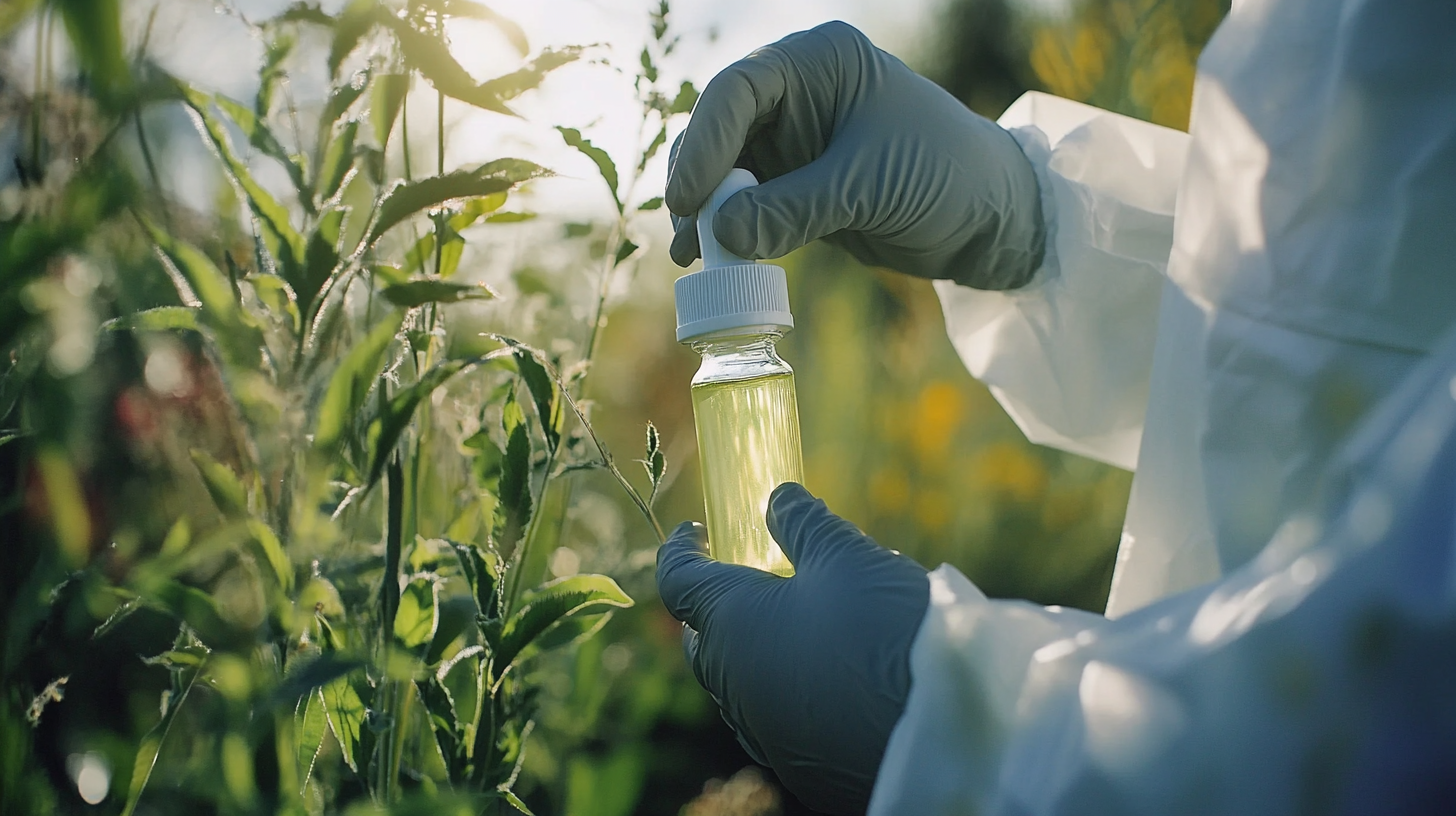
Finding trustworthy sources to buy glyphosate in liquid form is super important for farmers and agri-businesses looking to boost their crop yields. You know, a recent report from the International Agency for Research on Cancer (IARC) stated that glyphosate is still one of the most widely used herbicides in the world—just in the U.S., it’s being used on a whopping 85 million acres of farmland! That's a lot of demand, and it really drives home the need to get glyphosate from suppliers who are dependable and can guarantee quality while sticking to the necessary regulations.
When you’re on the hunt for potential suppliers, you’ve gotta look into their certifications and how well they follow safety rules. The Environmental Protection Agency (EPA) has some pretty strict guidelines for glyphosate production and distribution, so it’s crucial to work with manufacturers that can meet these standards. If a supplier has certifications like ISO 9001, that’s a good sign they care about quality management and adds an extra level of trust.
Also, industry reports suggest it’s wise to think about a supplier’s distribution network and their customer service. A solid supplier usually offers great support, including product education and help with any issues you might face. According to the 2022 Agricultural Chemical Outlook, teaming up with established suppliers can actually bump up your effective application rates by about 15%. This really highlights how important it is to partner with reputable distributors who get the Crop Protection scene and can provide solutions tailored just for your farming needs.

Evaluating Glyphosate Quality: What to Keep an Eye On
So, when you're on the hunt for glyphosate liquid for your farming needs, it’s super important to pay close attention to its quality. Ideally, you want that glyphosate concentration around 360 g/L or more—it’s what you need for effective weed control. And hey, don't forget about the formulation! Is it a salt, isopropyl amine, or potassium salt? Each type behaves a bit differently in terms of how well it works and dissolves, which can really make a difference out in the field.
Also, we've got to think about the environmental impact of using glyphosate. A recent study in Germany looked at how nitrogen, phosphorus, and glyphosate are messing with our waterways, and guess what? Glyphosate runoff is a big player in water pollution. That’s a pretty strong reminder that we should be sourcing products that do less harm to our environment. When you’re checking out different glyphosate options, look for those that stick to regulatory standards and promise lower toxicity—your local waterways will thank you!
And don’t forget to dig a little deeper into where your glyphosate is coming from. If a supplier is committed to sustainable practices, they’re far more likely to provide a high-quality and eco-friendly product. It’s a good idea to ask for those detailed safety data sheets and product specs. That way, you’ll know for sure that their glyphosate hits the mark for both quality and environmental guidelines. Keeping these factors in mind will definitely help you make smarter choices for your agricultural needs.
In today’s fast-changing world of agriculture, finding the right source for glyphosate liquid isn’t just about picking any supplier. It’s all about really digging into the market and understanding how things work. When you compare different glyphosate suppliers, you’ll notice there are some clear differences in their pricing, the quality of their products, and how they handle deliveries. Since glyphosate is key for managing weeds, farmers are taking a closer look at their options to make sure they’re teaming up with the most reliable and cost-effective suppliers out there.
Lately, it seems like glyphosate pricing is feeling the heat from market pressures, which has made folks rethink how they get support from distributors. With competition ramping up, suppliers are going to need to adopt clearer pricing models that really take farmers’ needs into account. Plus, we’re seeing more glyphosate-resistant weeds popping up, like horseweed, which just makes it all the more vital to choose suppliers who offer advanced formulations and smart solutions for managing resistance. This kind of insight can really help farmers make smart choices that boost their productivity while keeping an eye on costs.
And we can’t forget about the bigger picture when it comes to glyphosate use, especially the concerns about food safety related to pesticide residues. There’s research out there suggesting that we can handle the risks associated with glyphosate, but it would be great if suppliers could focus on creating products that prioritize safety and environmental sustainability. By zeroing in on these important issues, those in the agricultural field can better navigate the tricky world of glyphosate sourcing and help create safer and more effective farming practices.
When you're on the hunt for glyphosate liquid for your farming needs, it's super important to budget wisely. Glyphosate is quite a popular herbicide, but it can really start to add up cost-wise. That's why having a solid budgeting strategy can save you a chunk of change and help you make the most of your resources.
First things first, take a look at how much glyphosate you’ve used in the past. Check out your average consumption and what you’ve been spending during previous growing seasons. This little bit of digging will help you get a clearer idea of what you’ll need down the road. And don’t forget to think about things like seasonal changes and any shifts in your crop management practices, like if you're transitioning to a more integrated weed management system. Knowing exactly what you need can really help you avoid splurging on extra product that you might not actually need.
Next, shop around for the best deals! Buying in bulk can often help you lower the cost per unit. Plus, getting to know your suppliers can open up opportunities for discounts or better payment terms. It's also a good idea to keep an eye on market trends since prices for agricultural chemicals can swing up and down throughout the seasons. Joining forces with other farmers to form a buying group can really ramp up your savings too, making those larger purchases more affordable in the long run. By planning your budget carefully and always looking for better pricing options, you can really make the most of your glyphosate investment, keeping your crops healthy and productive without breaking the bank.
So, if you’re looking to source glyphosate liquid, it’s really important to get a grip on the regulations out there. Each country has its own set of rules about selling, distributing, and using glyphosate, and you know what? Those rules can really affect farmers and agri-businesses. Before you dive into your sourcing decisions, take a little time to get familiar with these regulations—you really don’t want to run into any legal headaches later on. For example, in the EU, glyphosate has been under the microscope, which has led to some pretty strict approval processes and labeling requirements. And let me tell you, these rules can be worlds apart from what they have in the U.S. or elsewhere.
Also, it’s super crucial to keep yourself in the loop with any changes to these regulations. Authorities often revisit how safe and eco-friendly glyphosate is, and that can lead to some tweaks in what’s allowed or even some outright restrictions. One good strategy is to reach out to local agricultural extension services or relevant regulatory groups—they can offer some solid insights and advice. Building a relationship with suppliers who know the ins and outs of legal requirements can also be a lifesaver. They can help navigate what can sometimes feel like a maze of compliance.
Finally, think about how all these regulatory choices could impact your sourcing strategy. It’s not just about finding suppliers that have high-quality products; you also want to check that they’re committed to environmental standards and playing by the rules. Choosing suppliers who value compliance can really help you steer clear of potential risks and keep your operations running smoothly—especially in today’s agricultural world, where scrutiny is ever-increasing. By staying on top of these regulatory factors, you can ensure a steady supply of glyphosate while sticking to your compliance and sustainability goals.
So, when you’re looking to get your hands on glyphosate liquid for farming, it’s super important to keep safety front and center while you’re handling and storing it. Glyphosate is a pretty powerful herbicide, so it definitely needs some careful attention to keep both you and the product safe and effective. Here are a few tips to keep in mind.
First off, make sure you’re buying glyphosate from trusted suppliers who really follow safety guidelines. It’s a good idea to check that the labeling and documentation are all in order—this helps confirm that you’re getting the real deal. And when you’re actually handling that glyphosate, don’t skip out on the gloves and protective eyewear. You really don’t want any spills on your skin or in your eyes!
Now, as for storage, find a cool, dry spot that’s out of direct sunlight and away from other chemicals. It’s crucial to have a well-ventilated area and some spill containment just in case. And you definitely want to label all your containers clearly to avoid any mix-ups. Plus, it’s wise to do regular checks for leaks or any wear and tear on the packaging. Oh, and don’t forget to train your staff on how to handle everything safely and what to do in case of an emergency. This will really up the safety game when using glyphosate in your farming practices.
The ideal concentration of glyphosate should meet industry standards of at least 360 g/L for effective weed control.
Glyphosate formulations can be in the form of salts, isopropyl amine, or potassium salt, each with different solubility and efficacy characteristics that can influence performance in the field.
Glyphosate runoff contributes significantly to water quality degradation, emphasizing the need for sourcing products that minimize environmental harm.
Farmers should analyze the production processes and sourcing practices of suppliers, including adherence to sustainable practices and the availability of detailed safety data sheets and product specifications.
Farmers can improve cost efficiency by analyzing historical usage, exploring bulk purchasing options, establishing supplier relationships, and engaging in cooperative buying groups.
Managing glyphosate usage is crucial due to concerns over pesticide residues in food; suppliers should focus on developing products that prioritize safety and environmental sustainability.
